How to Keep Your Plants Happy in Winter
Struggling with caring for your plants during the colder months? You’re not alone. Winter is one of the hardest times to care for your houseplants. With cooler weather, shorter days, and softer light, plants can struggle. But don’t worry! You’re not a bad plant parent because your plants are dropping a few leaves and not growing much. There are a few main things to consider when caring for your houseplants during winter.
First things first…
Winter is a natural resting period for most plants. Even in the Bay Area where “season” is a loose term, plants are getting less light during the day, sending them into dormancy. During winter, you’ll likely notice your plants are growing slowly or not at all, maybe even dropping old leaves. This is okay! Winter is a time when plants slow down and prepare for their growing season. With that said, there are a few shifts to make in your plant care routine to help them get through winter.
Water
The main thing to keep in mind is you need to water less. Since plants are getting less light, they need less water. Cut down on watering to avoid root rot. Check how much water your plant already has by touching the soil. Only water when the soil is dry enough, depending on your plant’s watering needs. Touching the soil is especially useful during the winter. Cooler weather means soil dries out a little differently and may still look dark when it’s actually dry! If the soil isn’t drying out within a reasonable timeline, move your plants to a brighter spot. Yes, you may have to rearrange your plants during the winter. They may not look as cute, but they’ll survive!
Even though it’s cold, don’t be tempted to heat up water for your plants. You want to water with room temperature water so you don’t shock your plants. You may enjoy a steamy hot shower, but your plants probably won’t!
Humidity
Running the heater in your home means dry air and lower humidity. Monitor your plants extra carefully. Even though it’s cold and plants are getting less light, they may act differently if you’re running a heater frequently. While it’s more likely plants will stay damp longer, be extra careful if you’re someone who likes to keep the heat on, or if plants are near the heater.
Try using a humidifier to keep your plants happy. You can also put moisture-loving plants in trays of water + rocks. Putting plants together can also help increase humidity by making microclimates. None of these are perfect options. You’re trying to grow plants in a season they don’t want to grow! It’s okay to see some change and leaf drop.
To mist or not to mist, that is the question. We don’t typically recommend misting. Misting only increases humidity briefly. It seems like a good idea, but it doesn’t do much unless you’re standing there misting all day. Great for your arm muscles, bad for your productivity. Misting won’t hurt your plants, but it might not do much for them. It’s ultimately up to you.
Temperature
Most plants like to be around 65 to 75 degrees F. Be aware of plants near cold windows or hot heaters. Some plants are more tolerant of cold or heat than others. Be aware of your plant’s needs.
You’ll likely notice leaves on calatheas especially drooping or even dropping. Calatheas are very picky about temperature. Keep them in a warm, humid room if possible. If you can’t, prepare for some leaf drop and fertilize them in the spring.
Other plants, such as Begonias and Maidenhair Ferns are quite cold tolerant. If need be, shuffle plants to keep other plants warm, don’t be afraid to move some begonias and cold-loving ferns to the cooler areas.
Fertilizer
Try to refrain from using fertilizer during the winter. This is the natural resting period of your plants. Let them do their thing, and wait until brighter light and warmer weather, when your plants are more active. Only fertilize as a last ditch effort to save a struggling plant. If you think you’re about to lose a plant and have already tried everything you can, fertilize it. Otherwise, wait until spring.
Troubleshooting
Winter can be a stressful time for plants, especially plants we’re already growing outside of their natural habitat, making them susceptible to pests. Look out for white or brown spots on your leaves or strange growth. If you do notice anything strange, we recommend isolating your plant and treating it with Neem oil or an alcohol solution based on the type of pest.
The other big issue is mold. Overall mold isn’t likely harmful. It’s unsightly and annoying, but usually not a problem for your plant. And if your plant is happy and in the perfect spot receiving perfect care, the mold should go away with warmer, brighter weather.
To keep mold at bay, be careful not to overwater. Overly moist soil will encourage mold (and root rot). You can also put your plants in a brighter, warmer spot. Or use grow lights. Keeping your plant active and happy will help the soil dry out in a timely manner. And brighter light will discourage mold.
If you have mold on the surface of your soil, there are a few unofficial solutions you can try. Spray the moldy soil with diluted soap like Dr. Bronner’s baby soap. Use around 1:4 soap to water. You’ll have to respray but it keeps the mold away.
And there you have it!
This is by no means a know-all-end-all guide, but a great place to start! Winter is a great time to get to know your plants and learn to read the signs better.
Best of luck, and happy growing!
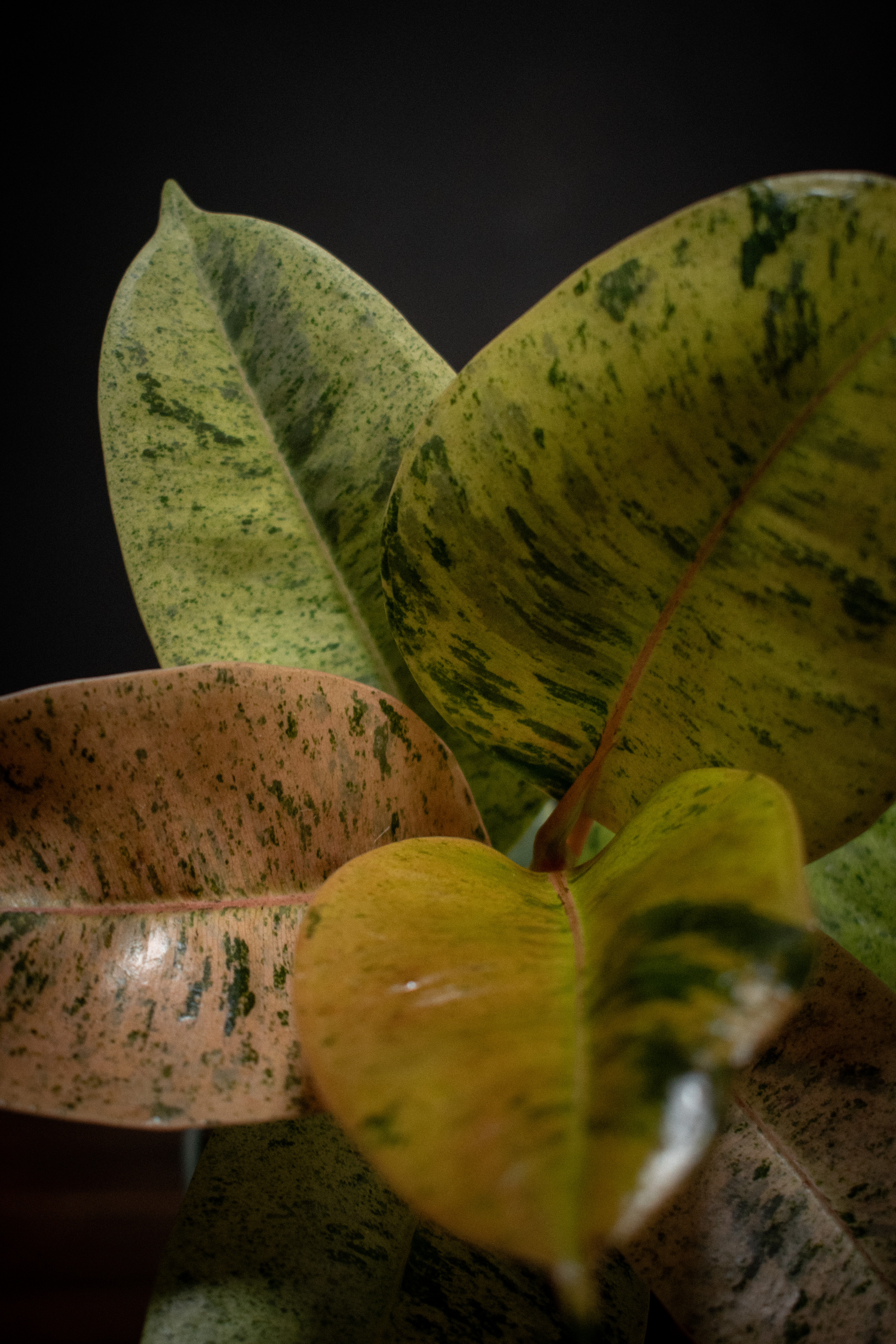
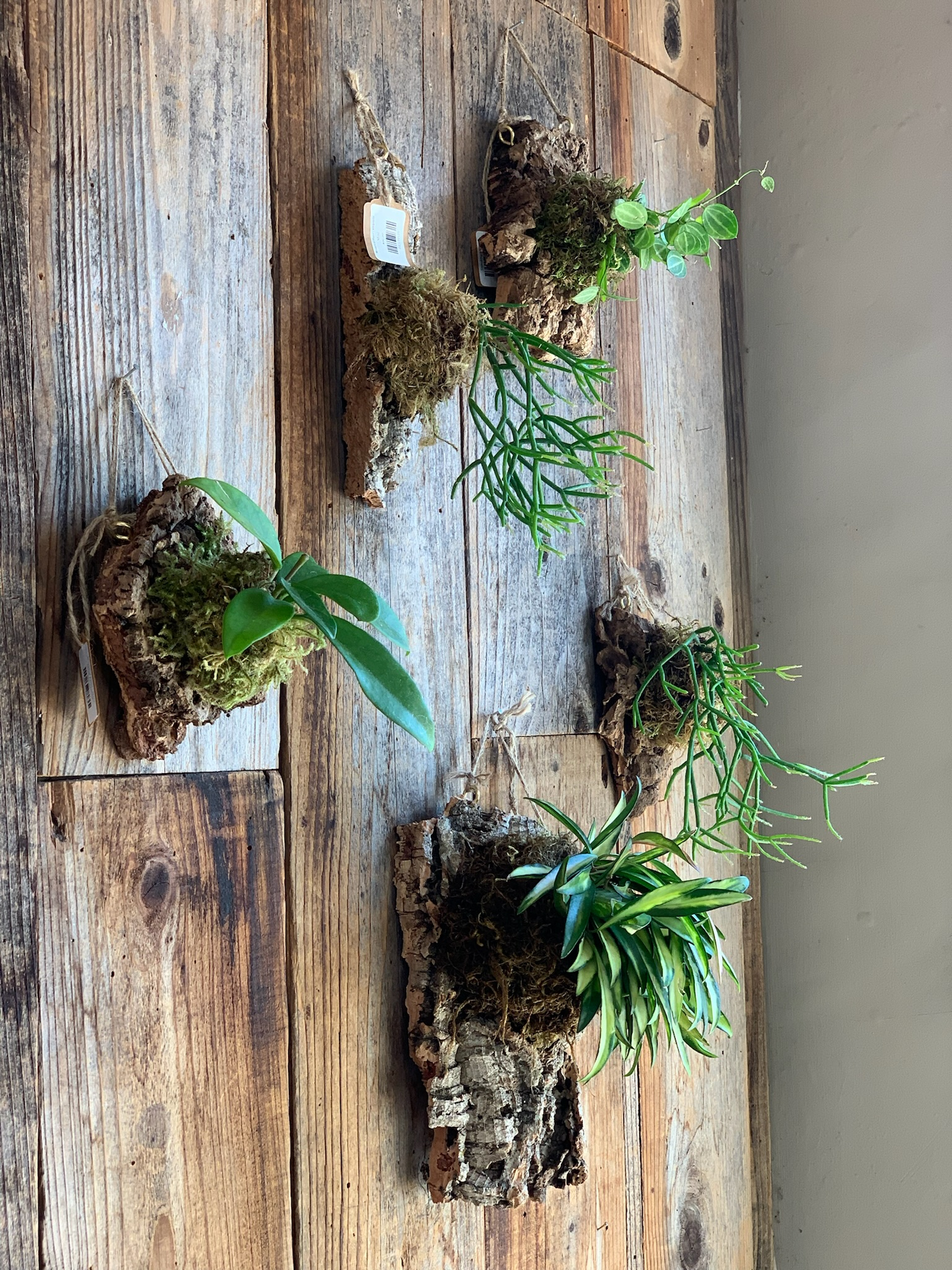
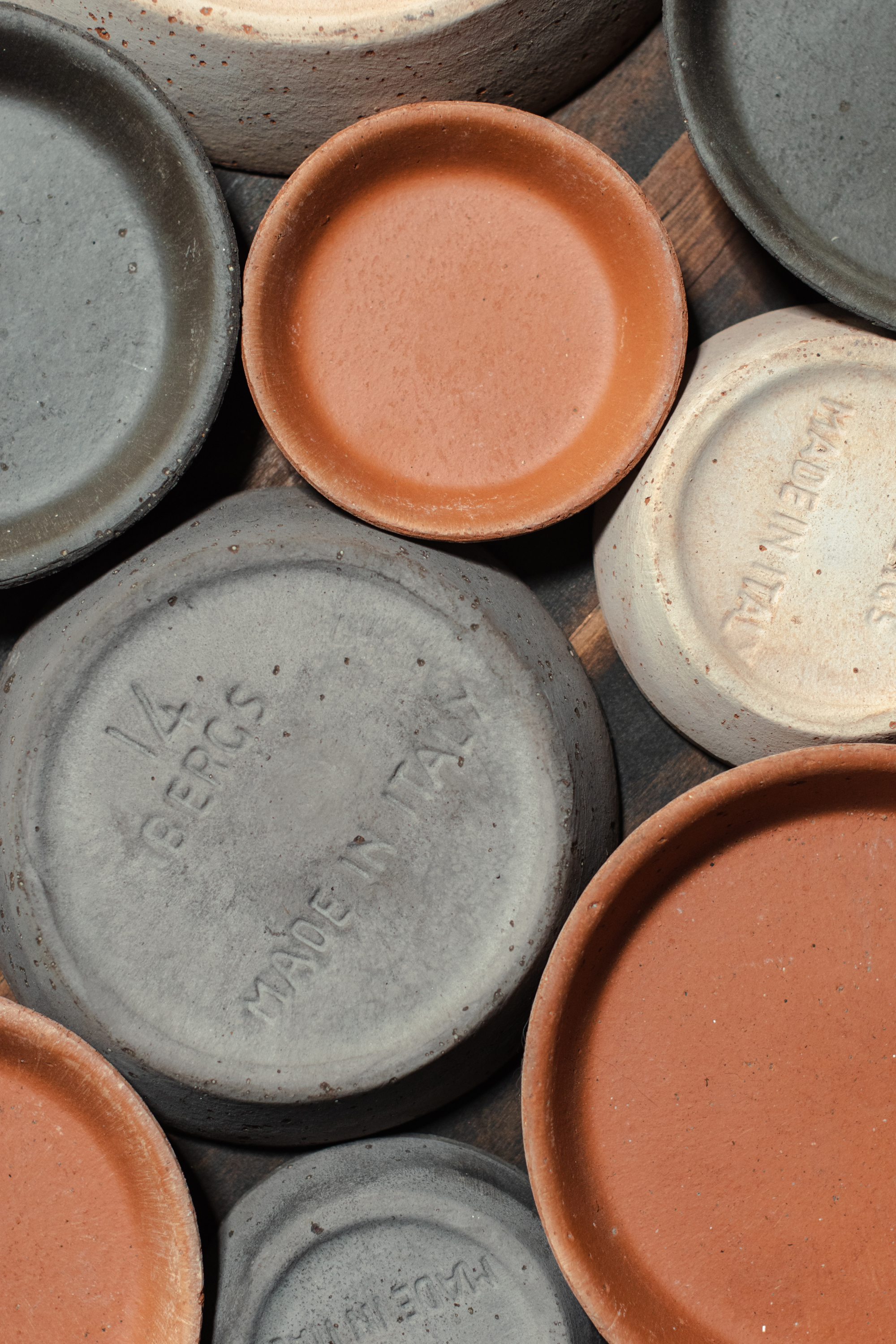
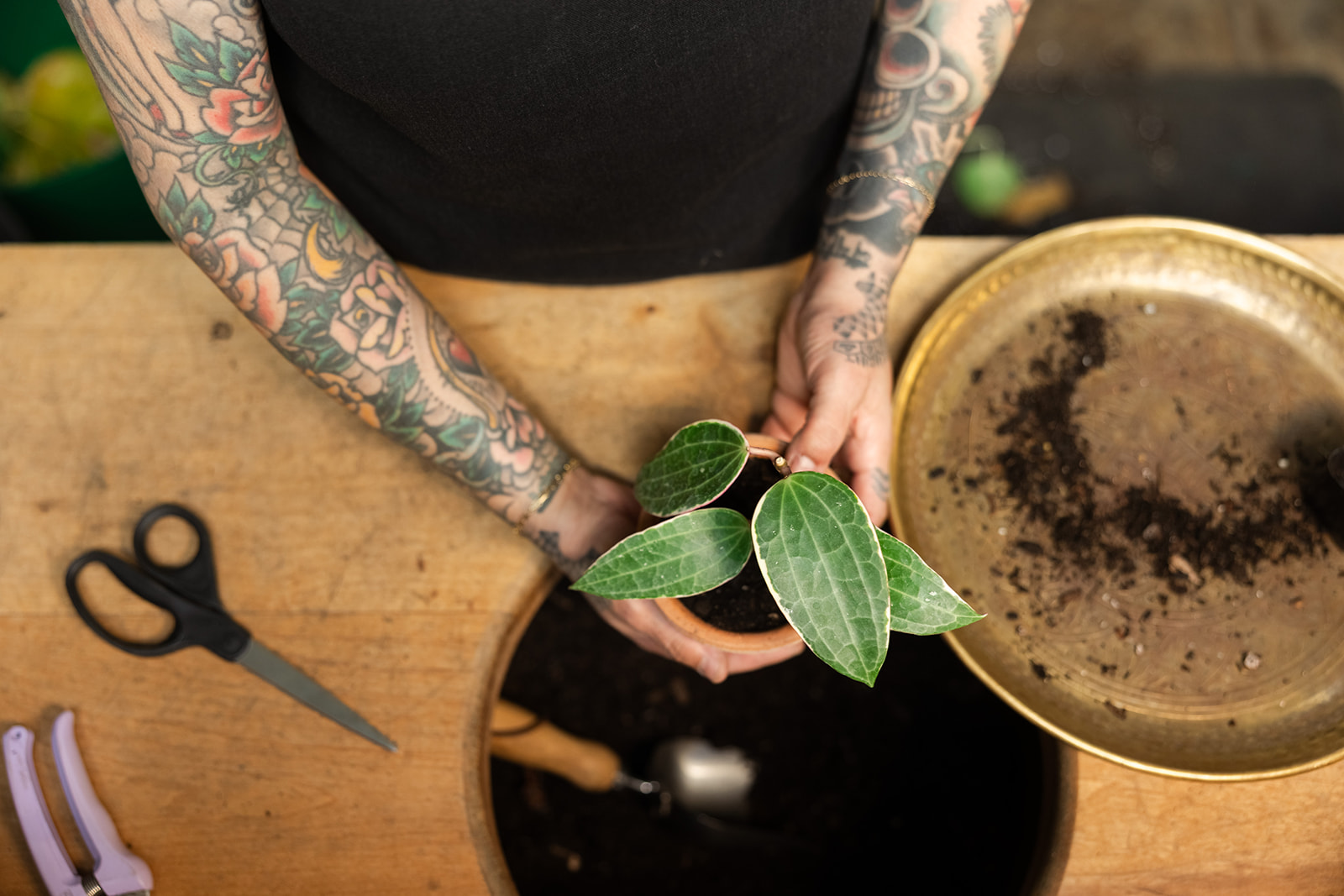
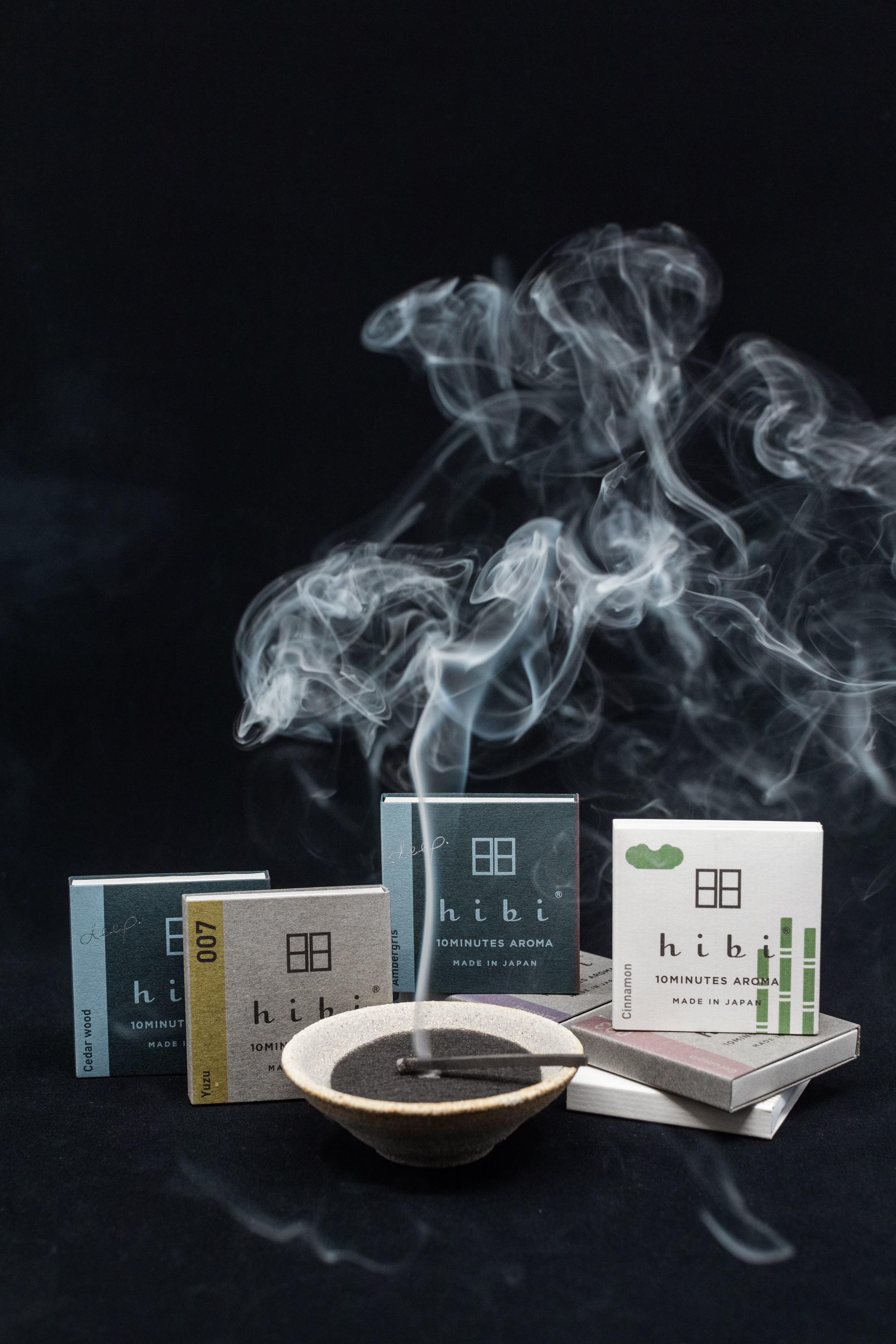

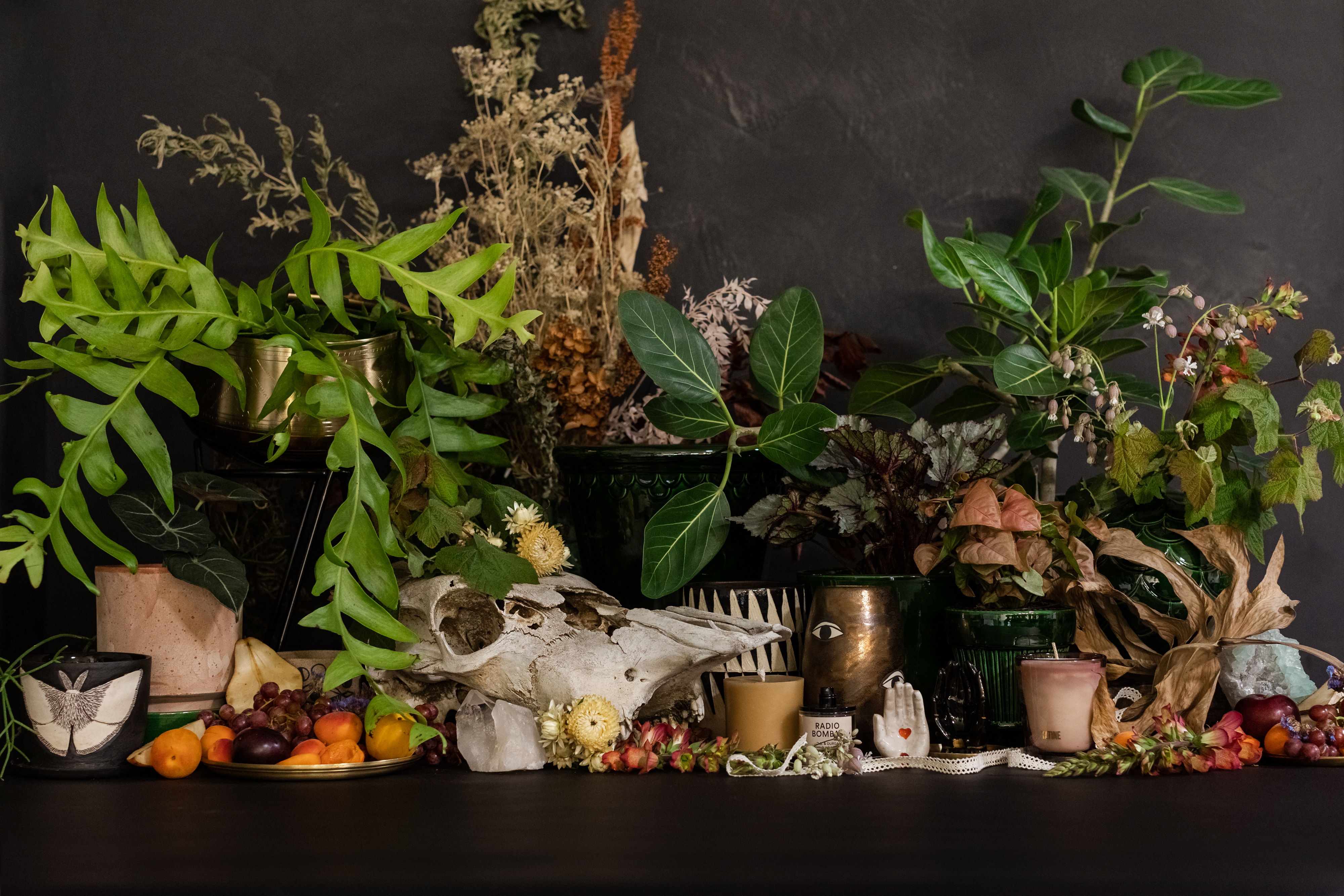
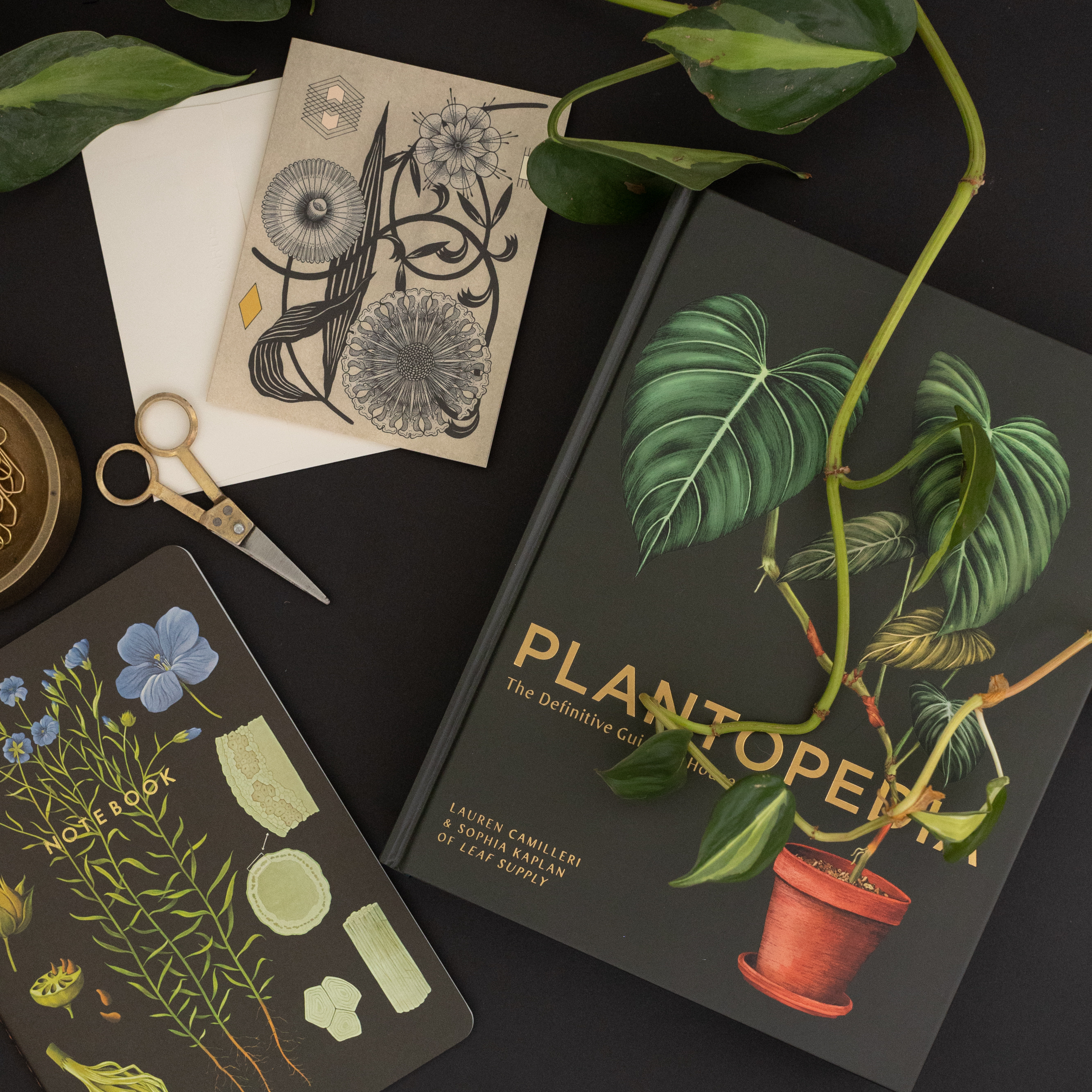


Awesome tips to help out an amateur like me. Thank you so much for sharing!!
Leave a comment